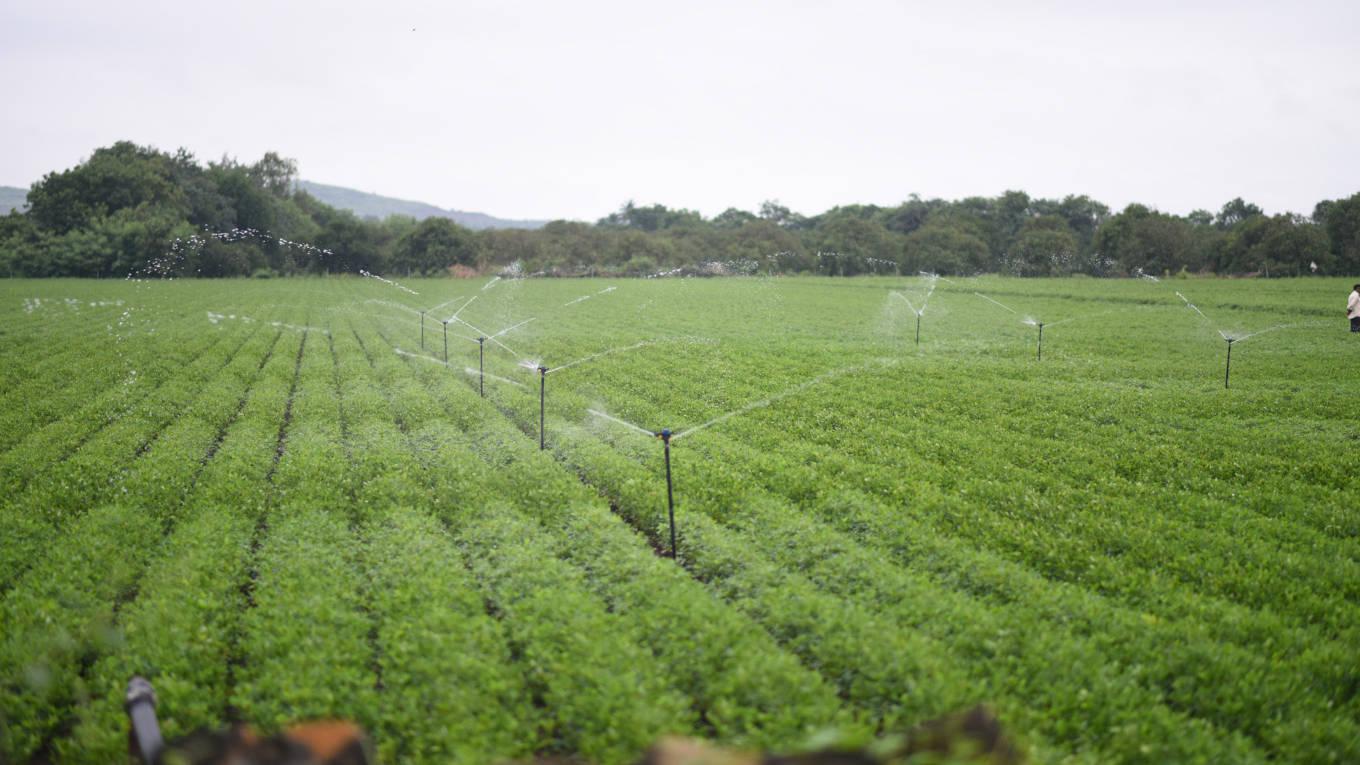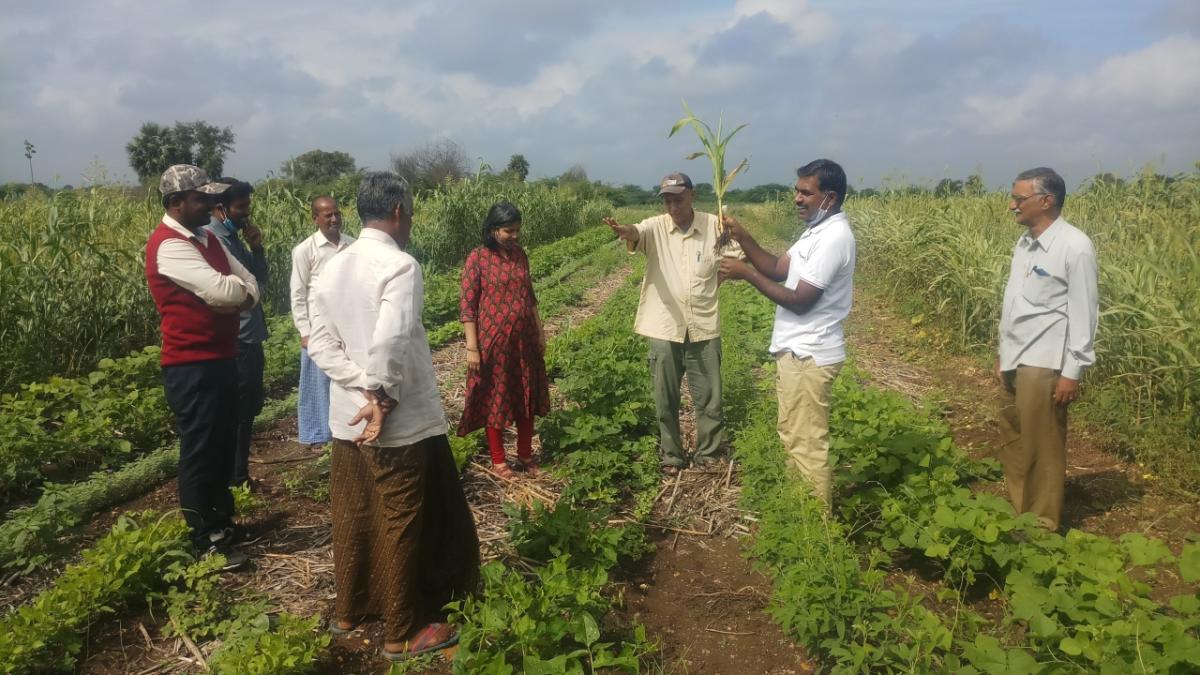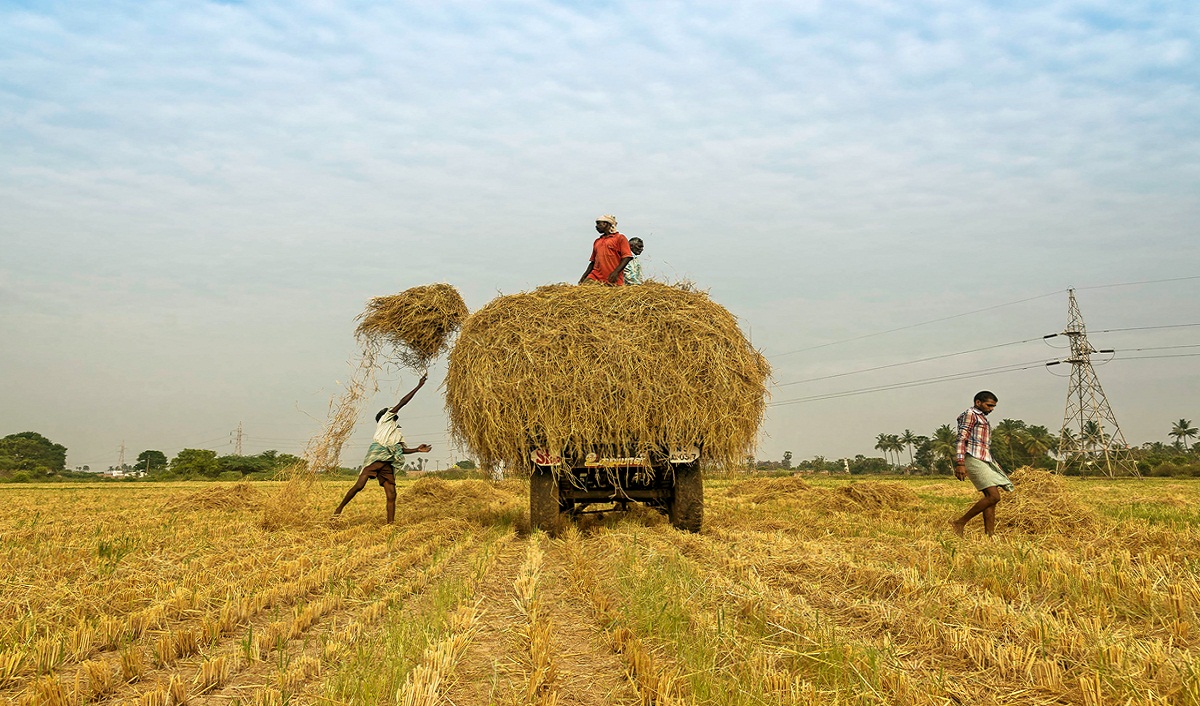Record-Breaking Fiscal Year: Farmers Achieve 40 Million Crop Cover Milestone
The agricultural sector is the backbone of many economies around the world, providing food security, employment, and economic stability.
In India, agriculture has always been a vital component of the country’s economy, employing a significant portion of the population and contributing substantially to the GDP.

One of the most significant indicators of agricultural growth and sustainability is the number of farmers with crop insurance coverage.
In the current fiscal year, India is poised to reach a remarkable milestone, with the number of farmers with crop cover set to cross the 40 million mark
Crop insurance is a critical risk management tool that offers protection to farmers against unforeseen events such as natural disasters, pests, and diseases.
It helps mitigate the financial risks associated with farming and encourages farmers to adopt modern agricultural practices, invest in technology, and increase productivity.
The Indian government, recognizing the significance of crop insurance, has introduced various schemes and initiatives to promote its adoption among farmers.
Several key factors have contributed to the remarkable increase in the number of farmers with crop insurance coverage:
- Government Initiatives: The Indian government has launched several crop insurance schemes over the years, including the Pradhan Mantri Fasal Bima Yojana (PMFBY). These schemes aim to provide affordable insurance coverage to farmers and reduce their vulnerability to crop losses. The government has also increased the budget allocation for crop insurance, making it more accessible to a larger number of farmers.
- Awareness Campaigns: The government, in collaboration with various agricultural agencies and organizations, has conducted extensive awareness campaigns to educate farmers about the benefits of crop insurance. These campaigns have helped dispel myths and misconceptions and have encouraged more farmers to enroll in insurance programs.
- Technological Advancements: The use of technology, including remote sensing, satellite imagery, and weather forecasting, has made it easier to assess crop losses accurately. This has boosted farmer confidence in the insurance system, as they can trust that genuine claims will be processed efficiently.

- Financial Inclusion: The expansion of financial services and the increasing penetration of banking in rural areas have made it easier for farmers to access crop insurance. Many banks offer crop insurance products, and government subsidies are often channeled through these institutions.
- Cooperative Efforts: Farmer cooperatives and self-help groups have played a pivotal role in spreading awareness about crop insurance and facilitating the enrollment process. These organizations have acted as intermediaries between farmers and insurance companies, simplifying the administrative procedures.
The steady increase in the number of farmers with crop insurance coverage has several positive implications for India’s agricultural sector:
- Risk Mitigation: Crop insurance provides farmers with a safety net, reducing the financial risks associated with farming. This encourages them to invest in better seeds, fertilizers, and farming techniques, ultimately leading to increased agricultural productivity.
- Financial Security: Farmers with crop insurance are better equipped to withstand crop failures and adverse weather conditions. This financial security promotes sustainable farming practices and prevents farmers from falling into a cycle of debt.
- Rural Development: The growth of the insurance sector in rural areas has led to increased financial inclusion and economic development. It has also created employment opportunities in the insurance and agriculture-related sectors.

- Government Support: The achievement of crossing 40 million farmers with crop insurance is a testament to the government’s commitment to the welfare of farmers. It demonstrates that policy efforts are yielding tangible results in improving the lives of those dependent on agriculture.
- Climate Resilience: With climate change posing a significant threat to agriculture, crop insurance becomes even more crucial. It helps farmers adapt to changing weather patterns and ensures the stability of food production in the face of environmental challenges.
The milestone of crossing 40 million farmers with crop insurance coverage in India this fiscal year is a significant achievement. It reflects the collective efforts of the government, agricultural agencies, financial institutions, and farmers themselves in recognizing the importance of risk mitigation in agriculture.

As India continues to work towards agricultural sustainability and economic growth, the expansion of crop insurance coverage serves as a beacon of hope for millions of farmers, ensuring that they can continue to feed the nation while securing their livelihoods.

